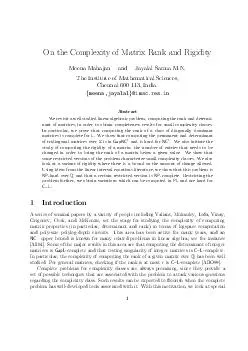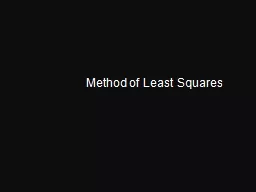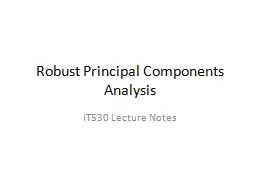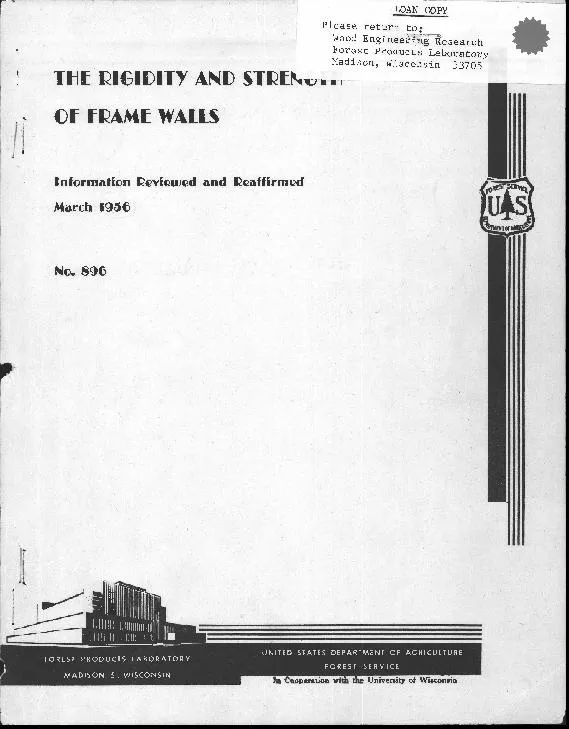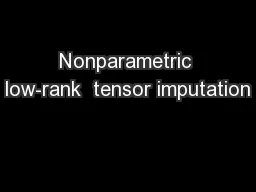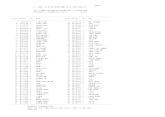PDF-On the Complexity of Matrix Rank and Rigidity Meena Mahajan and Jayalal Sarma M
Author : trish-goza | Published Date : 2015-01-19
N The Institute of Mathematical Sciences Chennai 600 113 India meenajayalal imscresin Abstract We revisit a well studied linear algebraic problem computi ng the
Presentation Embed Code
Download Presentation
Download Presentation The PPT/PDF document "On the Complexity of Matrix Rank and Rig..." is the property of its rightful owner. Permission is granted to download and print the materials on this website for personal, non-commercial use only, and to display it on your personal computer provided you do not modify the materials and that you retain all copyright notices contained in the materials. By downloading content from our website, you accept the terms of this agreement.
On the Complexity of Matrix Rank and Rigidity Meena Mahajan and Jayalal Sarma M: Transcript
Download Rules Of Document
"On the Complexity of Matrix Rank and Rigidity Meena Mahajan and Jayalal Sarma M"The content belongs to its owner. You may download and print it for personal use, without modification, and keep all copyright notices. By downloading, you agree to these terms.
Related Documents

